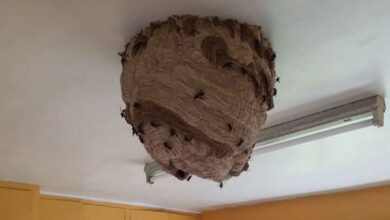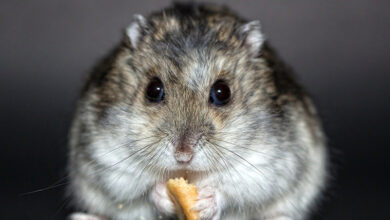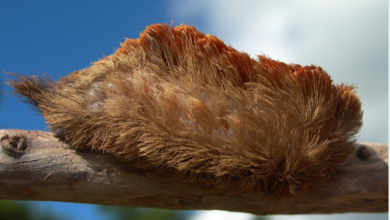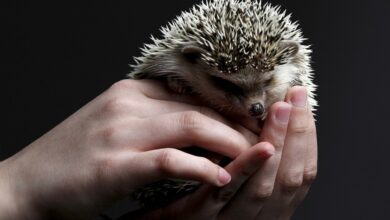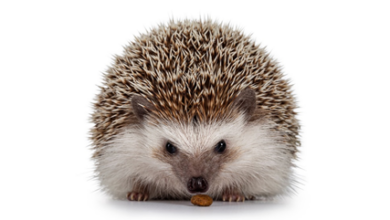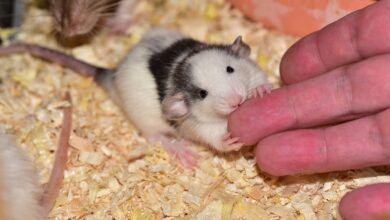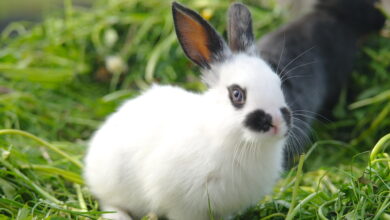Guinea pig feeding

The Guinea Pig is a vegetarian in the strictest sense. Its preferences include almost all vegetables and it will eat practically any of them that we put in front of it.
Even though he can live on a diet consisting of grass tips from mowing a lawn, it is a good idea to provide him with a variety of foods to preserve his health and maintain his physical condition.
A well-balanced diet should consist of fresh vegetables, hay, water, and salt, all complemented by croquettes or commercial food.
- Training
The Guinea Pig does not stand out for its intelligence, but for its affectionate nature and it is perhaps for this reason that its training is limited. It is not a stupid animal but all its interest is oriented toward a single purpose: to be affectionate and friendly.
Apparently, it is only to display these traits that he has been trained. Thus we have, for example, that some specimens are known to sit down to attract attention and even whistle in anticipation of the arrival of their owners.
2. Fresh food
The only vegetables that Guinea Pigs don’t like are onions, bell peppers, and potatoes. This leaves us with a huge number of foods that he has a penchant for. The following is a list of fresh foods that please him and are good for him:
- Alfalfa (green)
- apples
- Cauliflower
- celery tops
- clover (green)
- corn (green)
- Lettuce
- grass clippings
- spinach sugar beets tomatoes
Many breeders say that it is not good to feed them cabbage while an equal number maintain that it is healthy food. The best rule in this situation is to give a small amount to our Guinea Pig and, if he likes it, then perfect; we can keep giving him cabbage. If, on the other hand, he shows signs that he is not pleased, simply do not give it to him anymore. This is a good policy to follow when it comes to providing new foods. Apart from this, the amount supplied each time must be reduced until you get used to them. It is also important to experiment with different kinds of food in order to determine what they like and what is good for their health.
3. Dry food
Hay, oats, corn, bran, barley, and dry bread are common foods fed to guinea pigs. The supply must take place, especially, during the winter months when getting vegetables or vegetables is somewhat difficult.
Hay is by far the most important of all because it can be used first as food and, after the seeds and leaves have been consumed by the animal, the stems should be used as a component of their bedding.
Oats, bran, and corn can be fed either mixed or separately with very positive results. And at least one of them must be part of the diet every day. Dry bread soaked with milk is a desirable food for mothers during the breeding season as it helps them to have more milk to nurse their litters.
4. Commercial food
This kind of food, whether in the form of mincemeat or special croquettes for guinea pigs, can be found without any problem in pet establishments. It is therefore advisable to include them in your diet following the instructions that appear on all packages.
Another point to take into account is the convenience of providing water when using this kind of food since its humidity level is nil.
Let us also emphasize that they are extremely important during the winter season since they are usually reinforced with vitamin C, which is generally provided by vegetables and greens, especially carrots and lettuce. In order to guarantee the concurrent potential in the content of vitamin C, these prepared foods must be stored in a dry place and, in addition, in a closed container.
5. Water
Guinea pigs can live without tasting water or liquid of any kind as long as their diet consists solely of greens and vegetables.
Water, as we have just seen, is necessary when using prepared foods to complement your meal. Let us also emphasize that they should always have a small block of rock salt.
The fact that most of the fresh foods mentioned above are moderately priced and easily available makes feeding our Guinea pig a simple task. Apart from this circumstance, many of these foods are also used by us in our diet, which makes it possible for us to share them with our pets.
6. Ideal feeding methods
The containers destined to contain the food, as well as the bottles that work by the action of gravity, must be fixed in a suspended position from the sides of the cage in order to prevent them from being contaminated by urine or feces.
The water should be changed once a day. At each meal, the amount provided should be such that it has been safely eaten when the time comes to provide another serving. In this regard we will highlight that guinea pigs they should be fed twice a day, once in the morning and once in the evening. However, we can deviate from this norm and feed them more frequently. Regardless of the practice followed, the really important thing to remember is that regularity is an essential factor and that punctuality is something that must be strictly adhered to.
You may also be interested in:Have you thought about having a Rat as a Pet?
